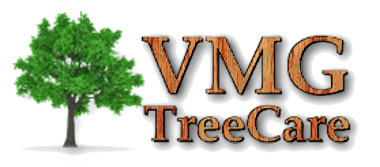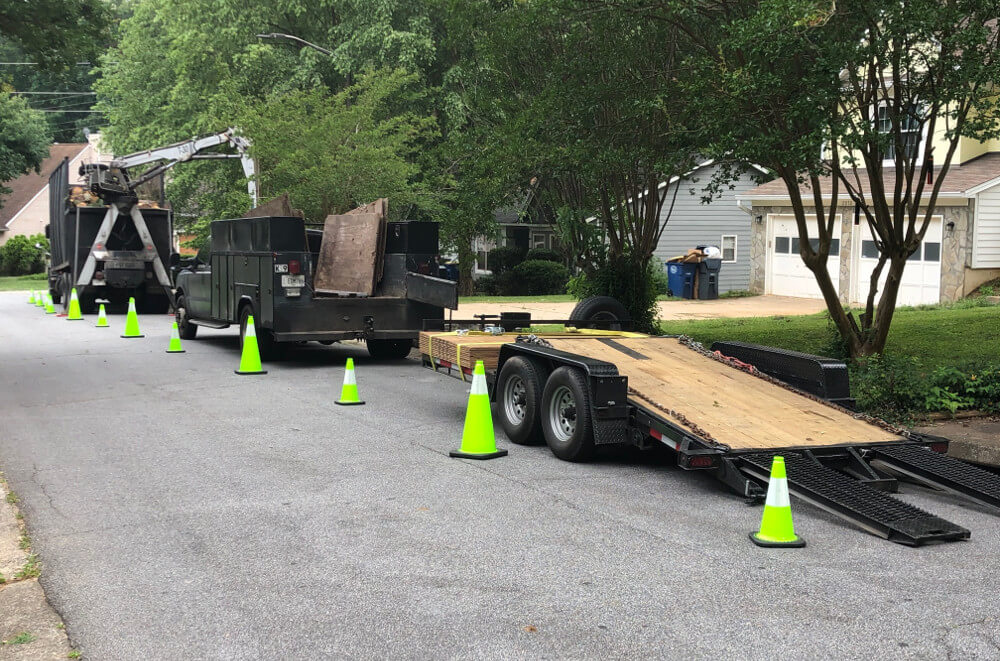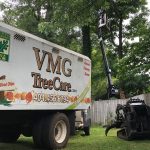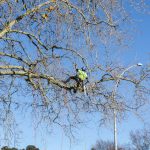Tree pruning is a critical aspect of landscape management, vital for maintaining tree health, ensuring safety, and enhancing aesthetic appeal. However, the line between correct and incorrect pruning is fine, yet significant. Incorrect pruning practices can lead to a host of problems, affecting not only the tree itself but also its surrounding environment, including people and property. Understanding these risks and consequences is essential for anyone taking on the task of tree care.
Understanding Tree Pruning
Tree pruning involves the selective removal of certain parts of a tree, such as branches, buds, or roots. Goals include removing dead or diseased branches, shaping the tree for design purposes, and reducing risk from falling branches. Correct pruning is based on understanding tree biology and requires making cuts that the tree can heal from efficiently. Incorrect pruning, on the other hand, can cause damage that lasts for the tree’s lifetime.
Risks Associated with Incorrect Pruning
Increased Vulnerability to Pests and Diseases
Improper pruning techniques can create wounds that do not heal properly, leaving trees susceptible to infections and infestations. Diseases and pests can easily invade through these wounds, leading to further health decline.
Structural Weakness
Incorrect pruning can result in a tree’s structure becoming compromised. Over-pruning, for instance, removes too many branches, weakening the tree’s overall structure and making it more susceptible to storm damage. Similarly, topping – cutting large branches back to stubs – is particularly harmful, leading to weakly attached regrowth that is more likely to break off.
Stunted Growth and Reduced Vigor
Trees respond to pruning by redirecting energy to grow new branches and leaves. However, excessive removal of foliage can starve a tree, stunting its growth and reducing its overall vigor. This weakened state makes it difficult for the tree to withstand environmental stresses, pests, and diseases.
Shock and Tree Death
In extreme cases, incorrect pruning can shock a tree to the point of death. Severe over-pruning, or pruning at the wrong time of year, can deplete the tree’s stored energy reserves, leaving it unable to sustain itself.
Consequences of Incorrect Pruning
Safety Hazards
A tree weakened by incorrect pruning poses a significant safety hazard. Weak branches can fall, causing injury or damage to property. Moreover, a structurally unsound tree is a liability during severe weather conditions, with a higher risk of falling over entirely.
Increased Maintenance Costs
Trees that have been incorrectly pruned often require additional care to correct the damage. This may involve more frequent pruning sessions, treatments for pests or diseases, or even complete tree removal if the tree becomes a safety hazard. These interventions can significantly increase the long-term maintenance costs for homeowners.
Loss of Property Value
Healthy, well-maintained trees add considerable value to a property. Conversely, trees that have been damaged by incorrect pruning practices can detract from a property’s aesthetic appeal and value. The sight of poorly pruned trees can signal neglect, potentially deterring prospective buyers.
Environmental Impact
Trees play a crucial role in the local ecosystem, providing habitat, food, and oxygen, while sequestering carbon dioxide. The loss of trees due to incorrect pruning practices diminishes these environmental benefits, impacting local wildlife and contributing to the broader effects of climate change.
Preventative Measures and Best Practices
The best way to avoid the dangers of incorrect pruning is through education and the application of proper pruning techniques. Homeowners should familiarize themselves with the basics of tree biology and pruning principles. When in doubt, it’s always best to consult with or hire a professional arborist. Certified arborists are trained in the art and science of tree care and can ensure that pruning is done safely and effectively.
The Role of Professional Arborists
Professional arborists bring a wealth of knowledge and experience to tree pruning tasks. They can assess a tree’s health, determine the necessary pruning procedures, and execute those procedures in a way that minimizes harm to the tree. Regular, professional pruning not only maintains
the structural integrity and health of trees but also ensures their beauty and longevity. Arborists can also develop a comprehensive care plan, addressing not just pruning needs but also soil health, hydration, pest management, and more, tailored to each tree’s specific requirements.
Professional arborists are also adept at identifying potential risks before they become major issues, providing peace of mind to homeowners. Their expertise ensures that trees are not just surviving but thriving, contributing positively to the landscape and the environment.
Incorporating professional tree care into your landscaping routine can significantly mitigate the risks associated with incorrect pruning. By entrusting your trees to the care of professionals, you ensure that they receive the best possible treatment, safeguarding their health and your investment in your property.
Incorrect tree pruning carries significant risks, from the immediate health of the tree to broader environmental impacts. While the temptation to handle pruning independently is understandable, the potential consequences highlight the importance of professional involvement. By understanding these risks and taking proactive steps to engage qualified arborists, homeowners can protect their trees, properties, and communities from the dangers of incorrect pruning. In the end, the goal is to foster healthy, resilient trees that can withstand the challenges of their environment, enhancing the beauty and safety of our shared landscapes.



